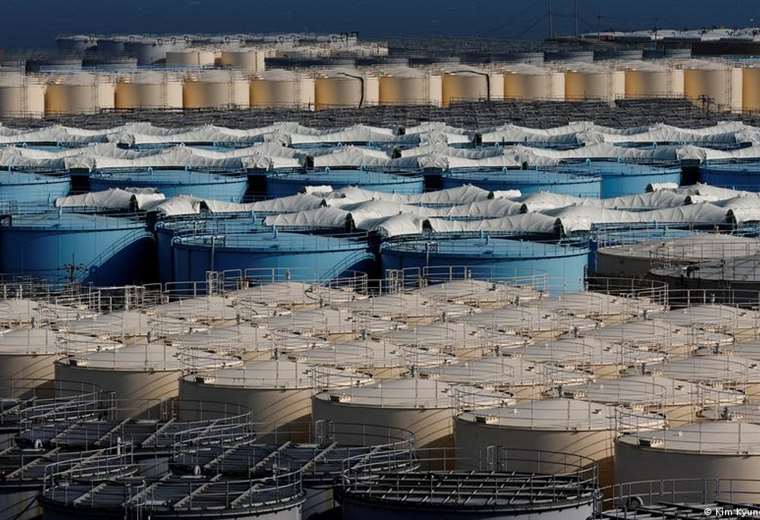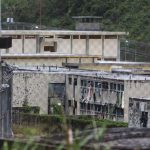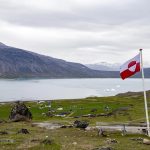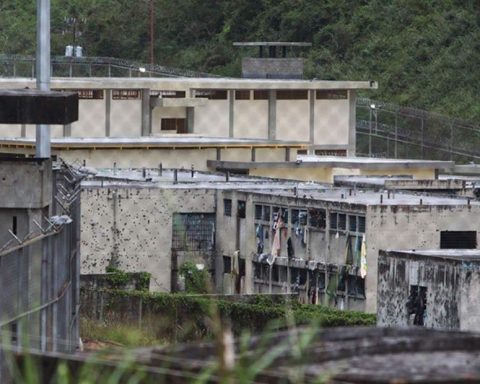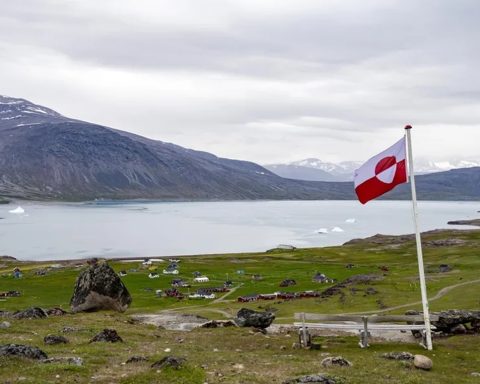July 6, 2023, 10:42 PM
July 6, 2023, 10:42 PM
Tokyo’s plan to eliminate more than 1.2 billion tons of radioactive water treated from the Fukushima nuclear power plant and dumping them into the ocean received the go-ahead from the International Atomic Energy Agency (IAEA) on Tuesday (07.04.2023), because the disposal method is “consistent” with international safety standards. The IAEA report also concluded that the discharged water would have “negligible radiological impact” on the environment.
The Japanese government and Tokyo Electric Power Co, TEPCO, the operator of the plant that was paralyzed by the 2011 earthquake and subsequent tsunami, welcomed the IAEA’s backing.
While most Japanese citizens seem to have come to the conclusion that the radioactive water has been released from virtually all radioactivity and that dumping it into the Pacific Ocean is the most appropriate step, neighboring countries disagree.
Opposition politicians from South Korea, for example, demonstrated outside the country’s National Assembly on Thursday.
Chinese Ambassador to Tokyo Wu Jianghao stressed at a press conference on Tuesday that “There are no precedents where contaminated water in a nuclear accident is discharged into the sea”.
Wu noted that China banned the import of all food products of 10 prefectures in northeast Japan, the most affected by the meltdown of the three reactors at the Fukushima plant.
environmental concerns
Environmental groups in the region also demonstrated against the plan on Wednesday, demanding in Seoul that the IAEA report endorsing the Japanese government’s plan be withdrawn. Greenpeace accuses Tokyo of violating the UN Convention on the Law of the Sea.
Hajime Matsukubo, secretary general of the Citizens Nuclear Information Center in Tokyo, echoed concerns over the radioactive water spill, saying there had been several alternative solutions available and feasible for TEPCO.
We do not fully agree with this decision. and we believe there were better options available to the government,” he told DW. “There’s no reason why more tanks couldn’t have been built on site, they could have been built underground deposits and better treatment systems could have been introduced to remove more radionuclides,” he listed.
“Instead, they have chosen the easiest and cheapest option,” lamented Matsukubo. “I think this was always the plan, as releasing the water was always going to be less expensive than the alternatives,” she added.
IAEA, in the eye of the hurricane
For Matsukubo, the Japanese government is using IAEA support to go ahead with releasing the water, almost certainly before the end of summer, despite not having a clear roadmap for the final dismantling of the nuclear plant.
The secretary general of the Tokyo Citizens Nuclear Information Center or also questioned the independence of the IAEAfinanced by countries that produce nuclear energy, and whose main task is to promote atomic energy.
A report issued by TEPCO in early June shows that more than 70 percent of the radioactive water to be released does not meet legal standards for radiation decontamination, even after being treated with the Advanced Liquid Processing System (ALPS).
The company played down the data, saying that the water would go through the purification process until it met the required standards.
Anyway, more than 12 years after the world’s second worst nuclear disaster, the Japanese hope that releasing the treated radioactive waterThe removal of storage tanks at the site is another milestone in the protracted decommissioning process of the nuclear plant, which will take at least 40 years.
“Local people and fishermen in Northeast Japan have always been against this plan because they believe that will seriously affect their business and way of life, but in other parts of Japan the feeling is that the maximum water storage capacity on the site has been reached and there are few good options left,” said Hiromi Murakami, a professor of politics at the Tokyo campus of Temple University. opinion, TEPCO has a lot of work ahead of it to restore public confidence.
